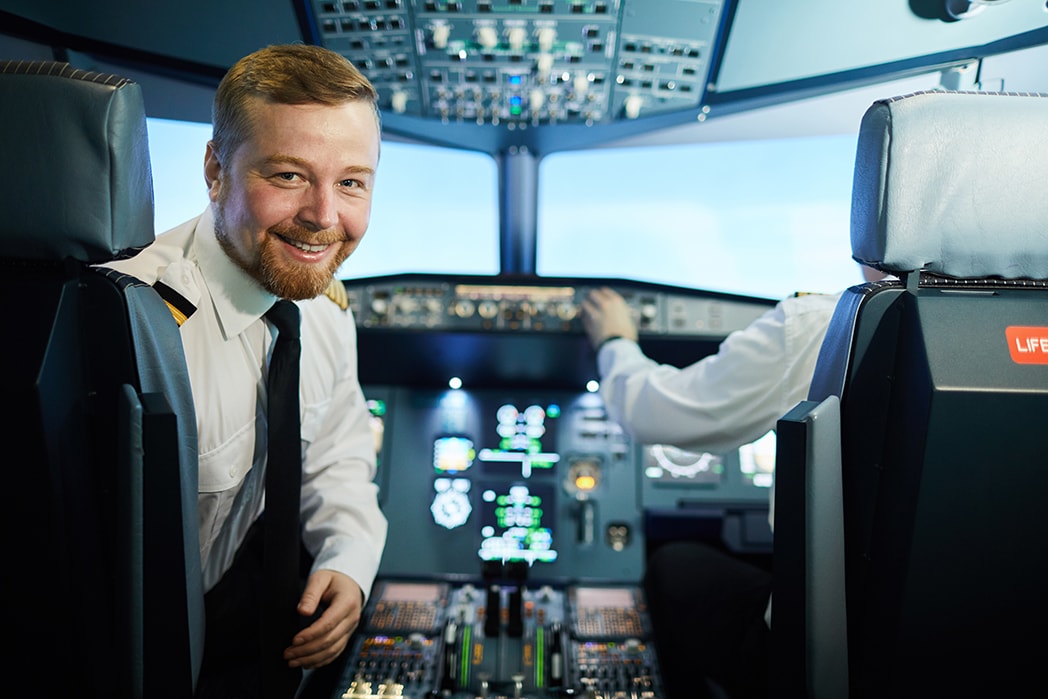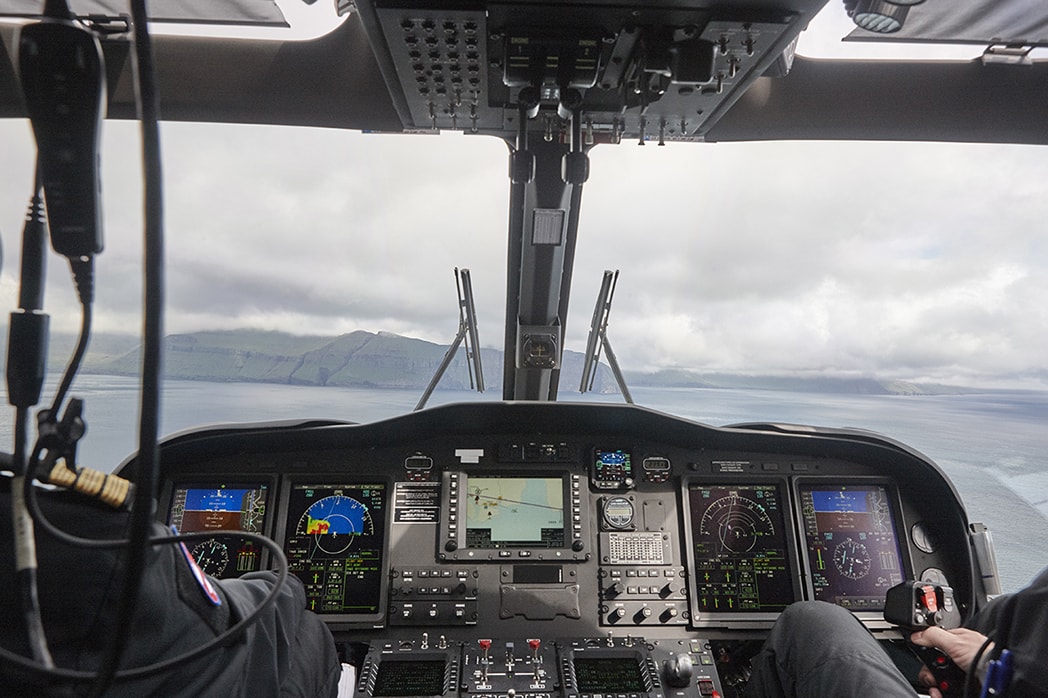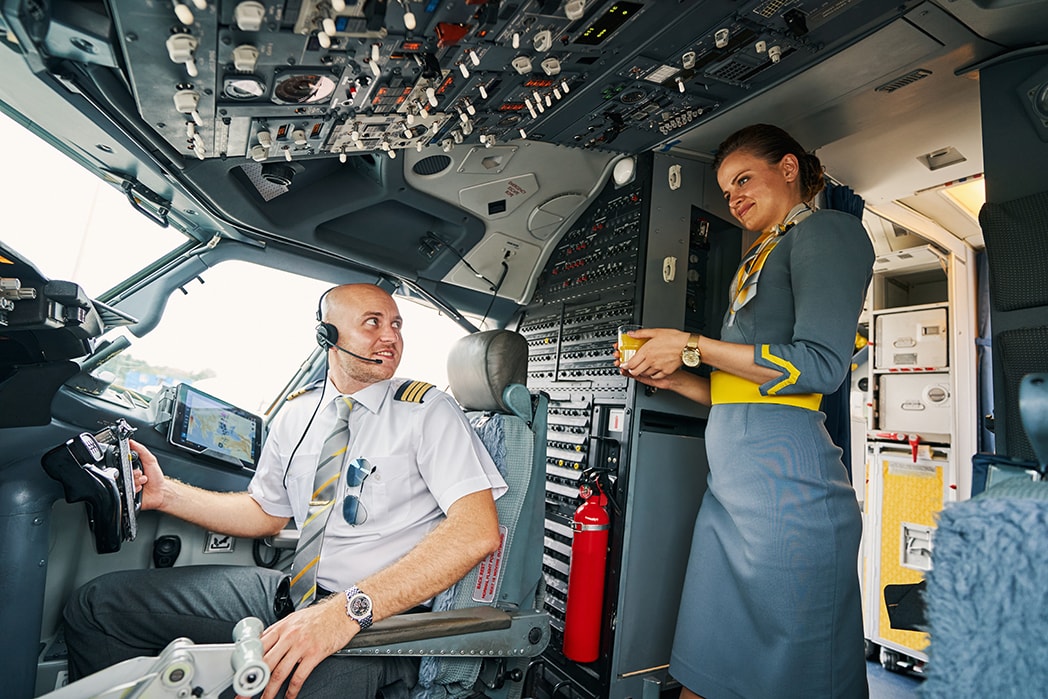Top Pilot Criteria to Achieve Your Aviation Career Goals
Jul 10, 2025
To become a pilot, you must meet specific pilot criteria, including age, language skills, licenses, flight training, and medical standards. This article breaks down these requirements to help you begin your aviation career.
Key Takeaways
-
Aspiring pilots must meet age, language, medical and legal requirements before starting flight training and certification.
-
Get a series of licenses, starting with a Private Pilot Certificate and then an Airline Transport Pilot (ATP) Certificate to progress in your career.
-
Join an airline pathway program to boost your job prospects and get structured support if you want to fly for a major airline.
Essential Qualifications for Aspiring Pilots

Becoming a pilot starts with meeting certain age and language requirements. Commercial pilots must be at least 18 years old and speak and write English.
Communication is key to understanding and conveying important information, safety and efficiency in flight operations. So many aspiring pilots want to become a commercial pilot.
These initial requirements are the foundation for further training and certification, forming a core part of the pilots requirements every candidate must meet before beginning flight school.
Aspiring pilots can start training, fly solo and pursue their dreams with confidence.
Licenses and Certificates Needed
Pilots need to get a series of licenses and ratings to advance their careers. It starts with getting a student pilot certificate, followed by a Private Pilot Certificate so you can fly solo and transport passengers. This foundational certificate leads to more advanced certificates like the Commercial Pilot Certificate which requires 3 FAA tests.
Accumulating flight hours is key to progressing from a Private Pilot License to a Commercial Pilot License and eventually an Airline Transport Pilot (ATP) certificate, the highest federal aviation administration FAA certification.
Commercial pilots also need multi-engine privileges to qualify for various flying jobs including cargo and airline positions.
Getting these certificates requires hard work and dedication, brings aspiring pilots closer to their aviation career goals.
Knowing the requirements for licenses and certificates is important whether you want to become a commercial airline pilot or explore other aviation opportunities.
Flight Training Requirements
Flight training is key and requires:
-
250 hours total time
-
100 hours pilot in command
-
50 hours pilot in command in an airplane
-
50 hours cross country and 50 hours total time
Accredited flight schools with a structured flight training program are the way to meet these Federal Aviation Administration requirements.
Accelerated flight training allows pilots to build flight hours faster than traditional methods and qualify for a commercial certificate with as few as 190 hours under FAR Part 141.
These programs include training in complex, technically advanced aircraft and require a practical test, or checkride, to get a commercial pilot certificate so you can fly with confidence.
Logbook endorsements from an instructor are required to take the aeronautical knowledge test and the practical test to ensure all training requirements are met. Different types of flight hours, such as dual, solo, cross country and night flights, are logged and required for certification.
Choosing an accredited flight school and following these training requirements will give you quality education and a solid foundation for your ground school career.
Medical and Vision Standards
All pilots must meet medical and vision standards. To work as a commercial pilot, obtaining an FAA Class II medical certificate is required, ensuring the necessary health standards for safe aircraft operation.
This includes vision correctable to 20/20 for distance and 20/40 for near vision, either naturally or with correction.
Understanding the importance of a pilots medical is essential, as it directly impacts a pilot’s ability to meet these vision and overall health requirements set by the FAA.
Pilots with distance vision impairment must use corrective lenses to achieve perfect vision at 20/20, and multifocal contact lenses are allowed. These standards ensure that pilots can safely navigate and operate aircraft, maintaining high safety levels in the skies.
Education and Degree Considerations
While not necessary, having a college degree will make an applicant more competitive for airline jobs. Major airlines like Delta and United prefer candidates with a bachelor’s degree. Any accredited degree, in any field, will qualify for a pilot position as long as you complete the flight training.
A non-aviation degree will still qualify you for a pilot position, showing education requirements are flexible for aspiring pilots. Online degree programs are available if you’re balancing flight training with school.
A college degree is not required to be a pilot but it will open up more opportunities and career advancement. Aspiring pilots should consider their career goals and the benefits of higher education when planning their aviation path.
Background Checks and Legal Criteria
Pilots must go through background checks and meet legal requirements to start training and get hired. This includes:
-
TSA ID verification
-
Multiple background checks throughout their careers, including initial training and airline employment.
-
Full background checks that take several weeks to complete and include verifying previous employment and criminal records.
Pre-employment drug screenings, fingerprinting and random drug tests are common in the airline industry to ensure safety and compliance. Felonies and certain convictions can disqualify you from becoming an airline pilot, so a clean record is key.
Understand these
Financial Planning for Pilot Training
The cost to become an airline pilot with no experience is around $116,995 for training materials, flight hours and instruction for commercial and flight instructor certificates. Full financing is available and many airlines have tuition reimbursement programs to help offset these costs.
Good credit is key to financing flight training costs, it helps with airline background checks and increases the chances of getting financial assistance. Proper financial planning and knowing what’s available can make becoming a pilot more manageable and less expensive.
Gaining Experience and Building Flight Hours

Accumulating specific flight hours is key to airline employment. Building flight hours and demonstrating proficiency is required to go from First Officer to Captain. Being a CFI allows pilots to earn a living while accumulating the flight hours needed for airlines.
Pilots can get a Flight Instructor certificate after meeting commercial pilot requirements and build flight hours by instructing at their university or partner flight schools. Getting a multi-engine rating adds to the Commercial Pilot certificate and gets pilots ready to meet hiring minimum experience requirements.
All of these experiences ultimately prepare pilots to qualify for the airline transport pilot certificate, the highest level of pilot certification required to fly as a captain for major airlines.
These steps get pilots experience and ready for different flying conditions and weather conditions and they are well prepared for their future careers, the last step is crucial for their success in emergency procedures.
Pathways to Major Airlines

Airline pathways offer structured routes for aspiring pilots to get into major airlines. Programs like Delta Propel, United Airlines Aviate, SkyWest Airlines Pilot Pathway Program, and the Envoy Air Cadet Program offer mentorship, support and a streamlined interview process. Participants get guidance from active pilots and can get a Qualified Job Offer upon completion.
These programs have multiple career paths such as Collegiate, Company, Scholarship, and Certified Flight Instructor (CFI) to fit different stages of a pilot’s journey. Entry level positions after pilot training are with regional airlines, cargo carriers and charter services.
Being part of a pathway program can get an aspiring pilot a huge leg up in getting a job with a major airline, a clear and structured path to success.
Seniority in the Airline Industry
Seniority is key to a pilot’s career, determining schedules, routes and crew bases. The aircraft type a pilot is assigned is also determined by seniority, with bigger planes going to the more senior pilots. Advancement from First Officer to Captain is based on seniority, affecting pay and career growth.
When airlines have to lay off pilots, the newest hires are usually the first to be furloughed, so seniority is key to job security. Every year at a major airline can add millions to a pilot’s total career earnings, so getting seniority early is important.
Understanding seniority can help you plan your career strategically and be successful and stable in the airline industry.
Summary
To achieve your aviation career goals you need to know the essential qualifications, licenses and training requirements. From meeting medical and vision standards to background checks and financial planning, every step counts in building a pilot career.
Getting experience, being part of airline pathway programs and understanding seniority will help you on your journey to become a commercial airline pilot.
With dedication, planning and knowledge of the requirements, you can navigate the complex path to a career in aviation. Go for it and take action towards your dream of flying.
Frequently Asked Questions
What are the age and language requirements to become a pilot?
To become a pilot, you must be at least 18 years old and proficient in spoken and written English. Meeting these requirements is essential for pursuing a career in aviation.
What licenses and certificates are needed to become a commercial airline pilot?
You need to get a Private Pilot Certificate, then a Commercial Pilot Certificate and finally an Airline Transport Pilot (ATP) certificate. These are the steps to get to your goal in the aviation industry.
How many flight hours are required for a commercial pilot license?
You need a minimum of 250 hours of flight time to get a commercial pilot license, which includes specific time as pilot in command and cross country flying.
Is a college degree necessary to become a pilot?
A college degree is not necessary to become a pilot but it can help you to be more competitive for airline jobs as many major airlines require a bachelor’s degree.
What financial planning is needed for pilot training?
Pilot training requires a big financial investment, around $116,995 if you have no experience. Look into financing options and tuition reimbursement programs to manage these expenses.
